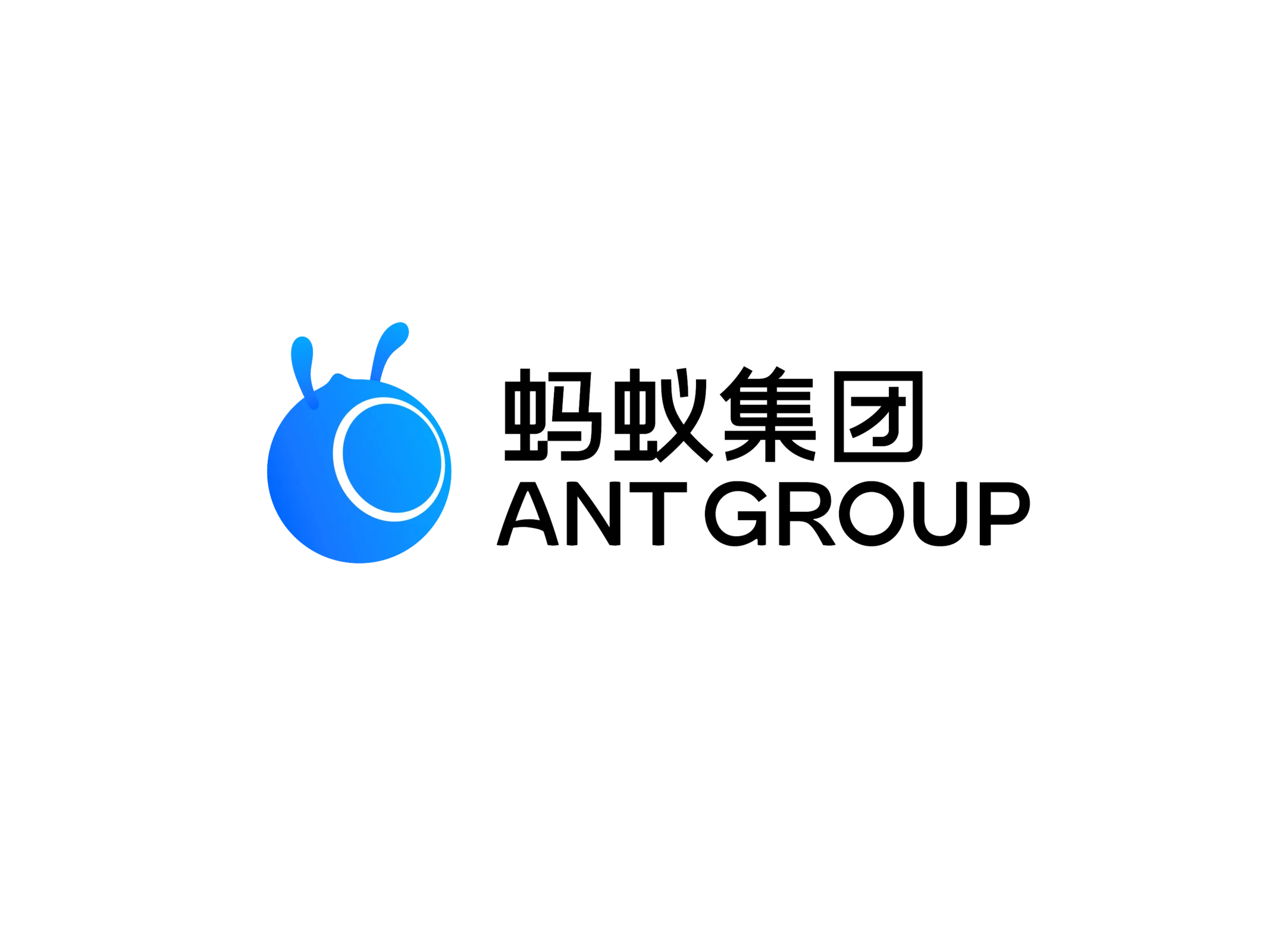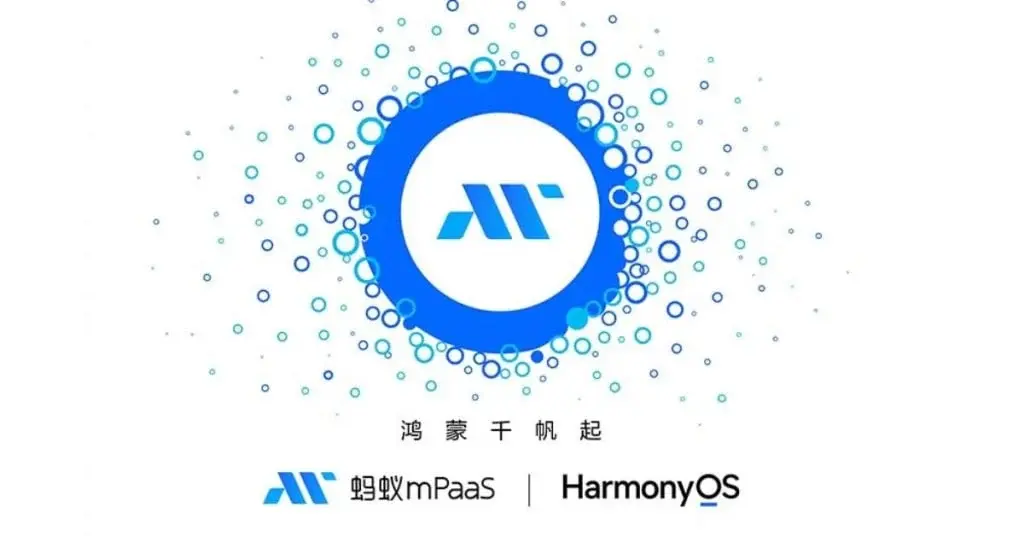Key Takeaways
1. Ant Group is using domestic chips from Alibaba and Huawei to reduce AI training costs by about 20%.
2. Ant’s AI models, Ling-Plus and Ling-Lite, have outperformed Meta’s models in some tests, indicating a potential breakthrough for Chinese AI.
3. Training costs for 1 trillion tokens have decreased from roughly $880,000 to around $700,000 with Ant’s optimized strategies.
4. Ant plans to apply its AI models in healthcare and finance, enhancing services through acquisitions and existing applications.
5. Both Ling models are open source, but they have fewer parameters compared to leading models like GPT-4.5, which presents challenges in stability during training.
Jack Ma’s financial technology giant is using domestic chips from Alibaba and Huawei to develop AI models that seem to compete with Nvidia’s H800 GPUs.
Cost-Effective AI Training
Sources familiar with the situation have shared that Ant Group has discovered a method to train AI models on semiconductors made in China, reducing costs by approximately 20 percent compared to traditional techniques. While Ant still relies on Nvidia hardware for certain AI tasks, it is increasingly focusing on AMD processors and local alternatives for its newer models.
Competitive Edge in AI
According to a research paper released this month by Ant, its Ling-Plus and Ling-Lite models have outperformed Meta Platforms Inc. in some benchmark tests. If these results are verified, it could mark a significant breakthrough for Chinese AI, greatly lowering the costs associated with training and deploying AI solutions.
The paper indicates that training 1 trillion tokens on high-performance hardware costs about 6.35 million yuan (roughly $880,000). However, with Ant’s optimized strategy and lower-spec gear, this expense reduces to about 5.1 million yuan (around $700,000). Tokens are the basic units of information that these models use to learn and create outputs.
Future Applications
Looking forward, Ant plans to apply these AI models in the fields of healthcare and finance. Earlier this year, the company purchased the Chinese online platform Haodf.com to enhance its AI services aimed at healthcare. Ant also runs an AI “life assistant” application named Zhixiaobao and a financial advisory AI tool called Maxiaocai.
Both Ling models are open source: Ling-Lite has 16.8 billion parameters, while Ling-Plus boasts 290 billion. Although these numbers are substantial, they are still smaller than those of other prominent AI models—experts estimate that GPT-4.5 has around 1.8 trillion parameters, and DeepSeek-R1 is at 671 billion.
Ant has recognized some challenges, especially with stability during the training phase. The research paper pointed out that minor adjustments in hardware or model design can lead to significant increases in error rates.
Source:
Link


